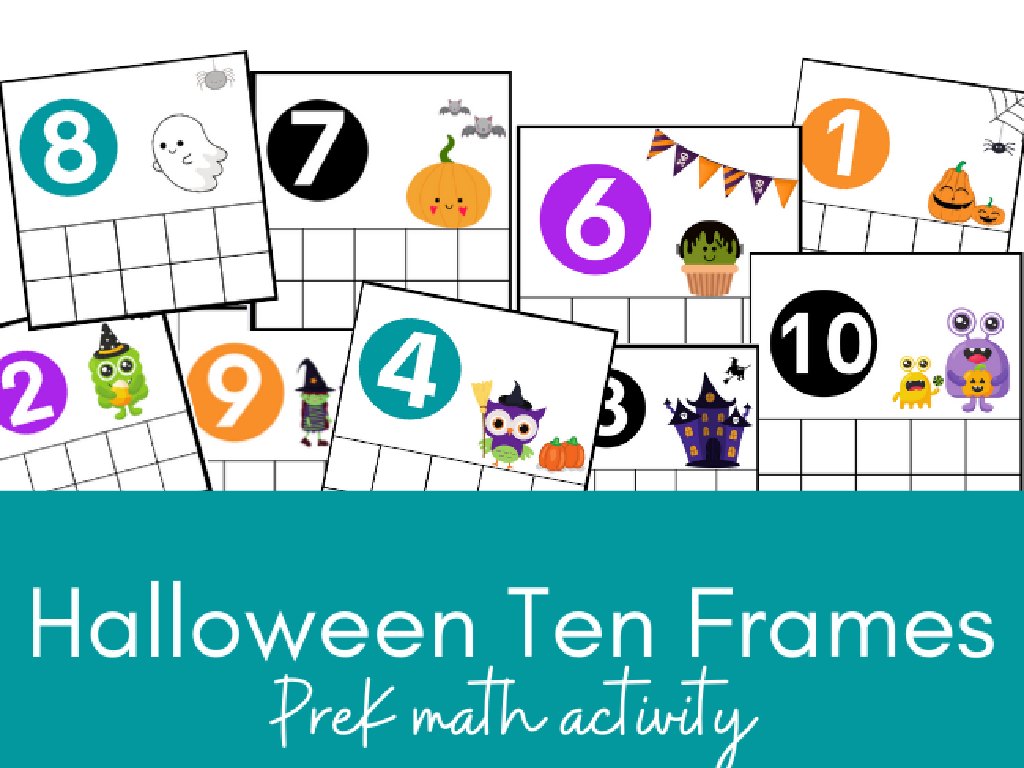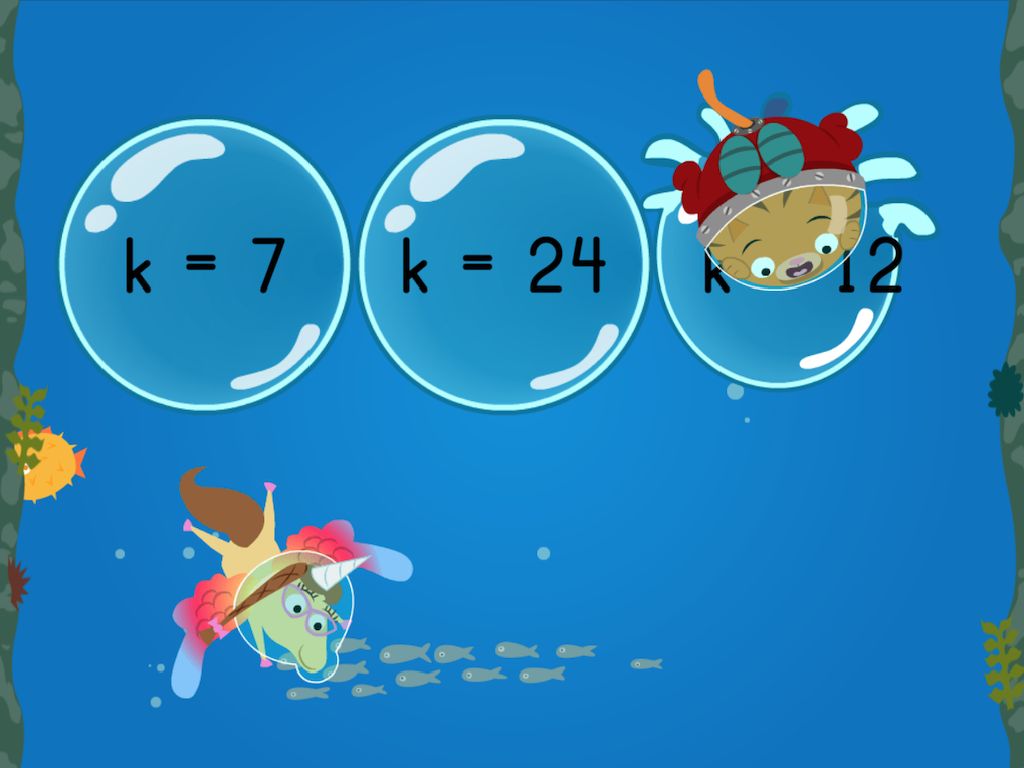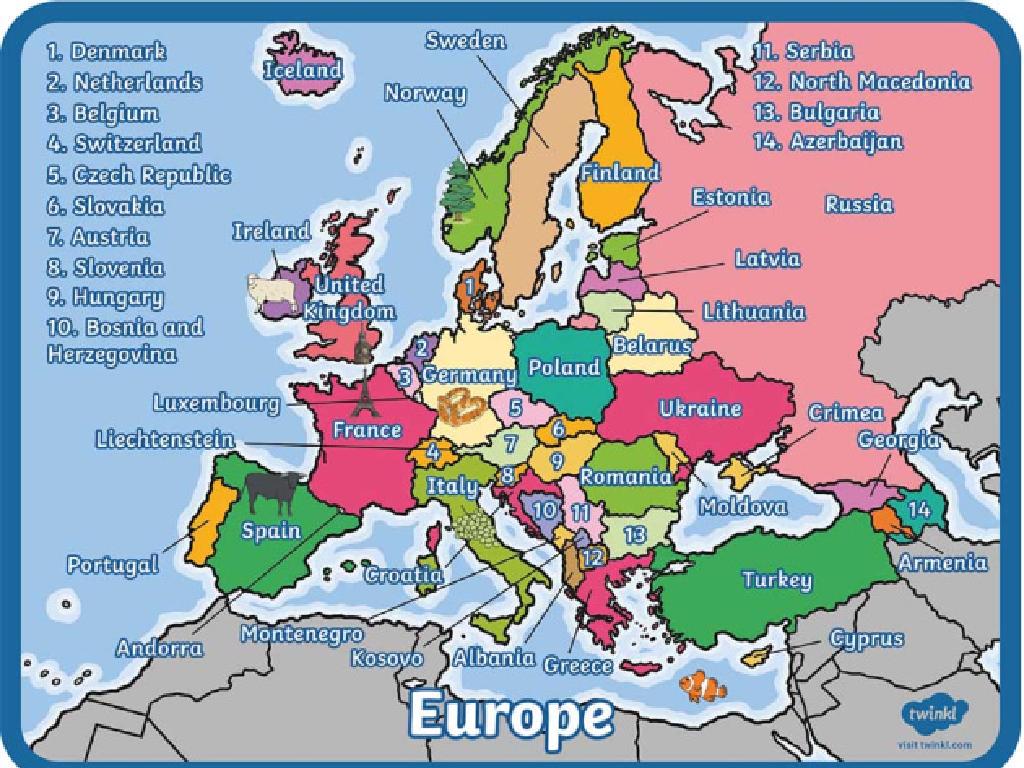Shades Of Meaning With Pictures
Subject: Language arts
Grade: Third grade
Topic: Shades Of Meaning
Please LOG IN to download the presentation. Access is available to registered users only.
View More Content
Exploring Shades of Meaning with Pictures
– Learn about Shades of Meaning
– Similar words, different strengths
– Words like ‘happy’, ‘joyful’, ‘elated’ have increasing intensity
– Pictures as learning aids
– Visual examples help us remember better
– Engaging with word intensity
– How ‘whisper’, ‘talk’, ‘yell’ show levels of loudness
|
This slide introduces the concept of Shades of Meaning to third-grade students, emphasizing that words with similar meanings can have different ‘strengths’ or intensities. Use pictures to illustrate how the intensity of words can vary, such as facial expressions showing different levels of happiness or volume levels to represent the loudness of words. Encourage students to think of other examples and how context might affect which word to use. Activities can include matching words to pictures, ranking words by intensity, or drawing their own interpretations of words with varying shades of meaning.
Exploring Shades of Meaning
– Understanding shades of meaning
– It’s the subtle differences in words that are similar.
– Comparing word variations
– Like different shades of blue in a painting.
– ‘Stronger’ vs. ‘weaker’ words
– Some words pack a bigger punch, like ‘jog’ vs. ‘sprint’.
– Using shades to add depth
– Just as shades add depth to art, word choice adds depth to writing.
|
This slide introduces the concept of shades of meaning, emphasizing the importance of word choice in language. Explain that just as a painter uses different shades of a color to create a more vivid image, writers use words with slight differences in meaning to make their writing more precise and interesting. Provide examples of words that exist on a spectrum of intensity or ‘strength,’ such as ‘whisper,’ ‘talk,’ ‘shout,’ and ‘scream,’ to illustrate how choosing a ‘stronger’ or ‘weaker’ word can change the impact of a sentence. Encourage students to think of their own examples and to consider how they might use shades of meaning to improve their storytelling or descriptive writing.
Exploring Shades of Meaning
– ‘Happy’ vs. ‘Cheerful’ vs. ‘Elated’
– All mean good feelings, but vary in strength
– Words express different intensities
– ‘Happy’ is a pleasant feeling
– ‘Happy’ is content, ‘Cheerful’ is more joyful
– ‘Elated’ shows intense joy
– ‘Elated’ is like feeling over the moon!
|
This slide introduces the concept of shades of meaning by comparing the words ‘happy’, ‘cheerful’, and ‘elated’. It’s crucial to explain that while all these words suggest a positive emotion, they differ in the level of intensity they convey. ‘Happy’ is a general feeling of contentment, ‘cheerful’ implies a slightly more expressive state of happiness, and ‘elated’ indicates a high level of happiness, often accompanied by excitement. Use pictures to illustrate each emotion’s intensity, such as a smiling face for ‘happy’, a laughing face for ‘cheerful’, and a character jumping with joy for ‘elated’. Encourage students to think of other examples and to use these words in sentences to describe different situations where they might feel these emotions.
Understanding Shades of Meaning with Pictures
– Pictures show word intensity
– ‘Happy’ vs. ‘Cheerful’ vs. ‘Elated’
– A small smile is ‘happy’, a bigger smile is ‘cheerful’, a huge smile or laugh is ‘elated’
– Visualize feeling strength
– See how strong or weak a feeling is through images
– Activity: Match words to pictures
– Find pictures that represent different levels of happiness
|
This slide introduces the concept of ‘shades of meaning’ to third-grade students using visual aids. By comparing pictures that depict varying intensities of smiles, students can grasp how similar words can express different degrees of emotion. The activity encourages them to match words with appropriate pictures, reinforcing their understanding of the concept. Teachers should prepare a set of images that depict different intensities of emotions and ask students to sort words like ‘happy’, ‘cheerful’, and ‘elated’ based on the strength of the feeling shown. This interactive approach helps students learn that words carry different weights and meanings, even when they are related.
Activity Time: Match the Shades!
– Match words to corresponding pictures
– Order words from weakest to strongest
– Share your matches with the class
– Explain why you chose each match
– For example, ‘whisper, talk, shout’ matched with pictures showing different volumes
|
This activity is designed to help students understand the concept of shades of meaning by matching words to pictures that represent varying intensities of a concept. Provide students with a set of words that have similar meanings but differ in intensity, along with a set of pictures that illustrate these differences. Guide them to think critically about the strength of each word and to place them in order from weakest to strongest. After the matching exercise, encourage students to share their matches with the class and explain their reasoning. This will foster a discussion about word choice and how different words can convey different levels of intensity. For the teacher, prepare a list of word sets and corresponding pictures, ensure each student has a set, and facilitate the sharing session, prompting students to explain their thought process.
Class Activity: Shades of Meaning Art
– Pick a word to explore
– Draw the word’s shades of meaning
– For ‘run’, illustrate jogging, running, sprinting
– Each drawing shows intensity variation
– Get ready to present your art
– Explain how each picture shows a different level of the action
|
This activity is designed to help students understand that words can have varying degrees of intensity and that these nuances are important for precise communication. By choosing a word and creating a series of drawings, students will visualize and internalize the concept of shades of meaning. Encourage creativity and discussion about why they chose each depiction. For the presentation, guide them to articulate how their drawings represent different intensities or aspects of the chosen word. This will enhance their vocabulary and descriptive skills. Possible words for the activity: whisper, shout, walk, stare, laugh.
Wrapping Up: Shades of Meaning
– Congrats on learning Shades of Meaning!
– Words have different ‘strengths’
– Like ‘happy,’ ‘joyful,’ and ‘ecstatic’ show increasing excitement
– Pictures help us remember meanings
– Visuals link words to emotions or actions
– Review helps us understand better
|
Today’s lesson was all about understanding that words with similar meanings can have varying intensities, which we refer to as ‘Shades of Meaning.’ Reinforce the concept that words like ‘happy,’ ‘joyful,’ and ‘ecstatic’ are similar but differ in intensity. Emphasize how using pictures can aid memory and comprehension of these nuances. As a review activity, you can ask students to draw or select images that they associate with the words they’ve learned, or to rank words from least to most intense based on their understanding. This visual and interactive approach helps solidify the concept in young learners’ minds.





